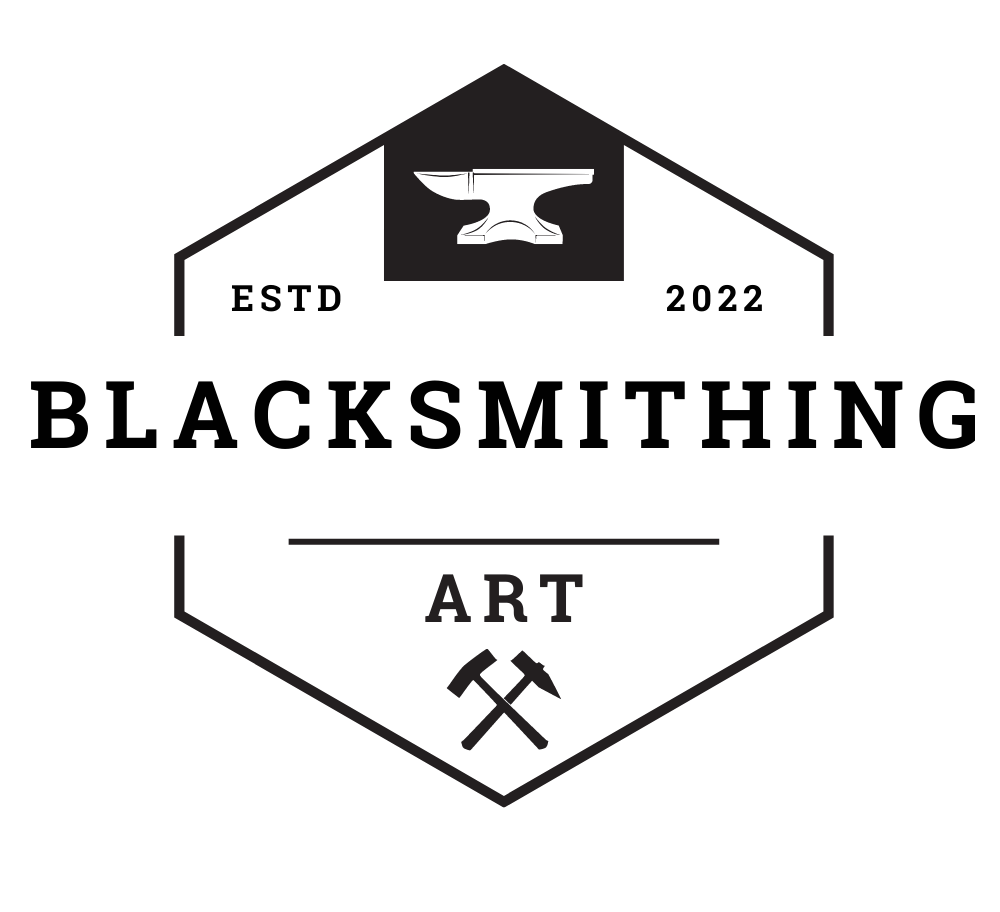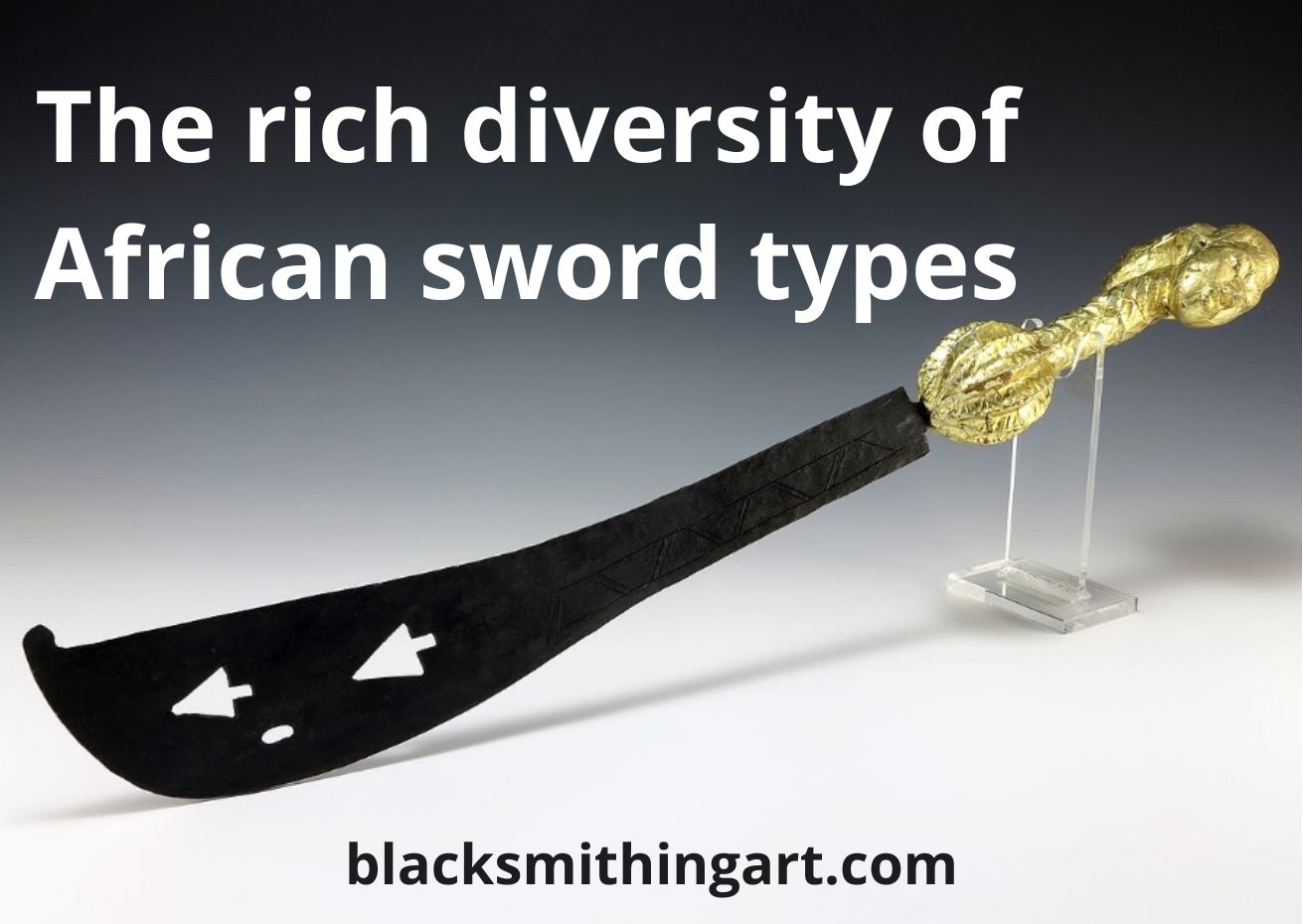African swords have been an essential part of African culture and history for thousands of years. From the earliest known sword types to the more contemporary ones, African blades have had a significant cultural and religious symbolism.
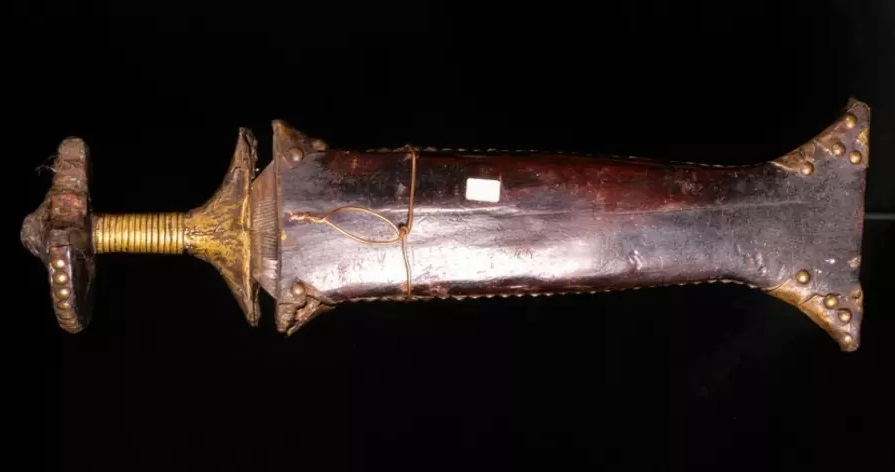
In this article, we will explore the rich diversity of African-bladed weapons and their importance in African culture and history.
Contents
Historical overview of African swords
Sword-making in Africa dates back to prehistoric times. Evidence suggests that early African blades were made from stone, bone, and copper.
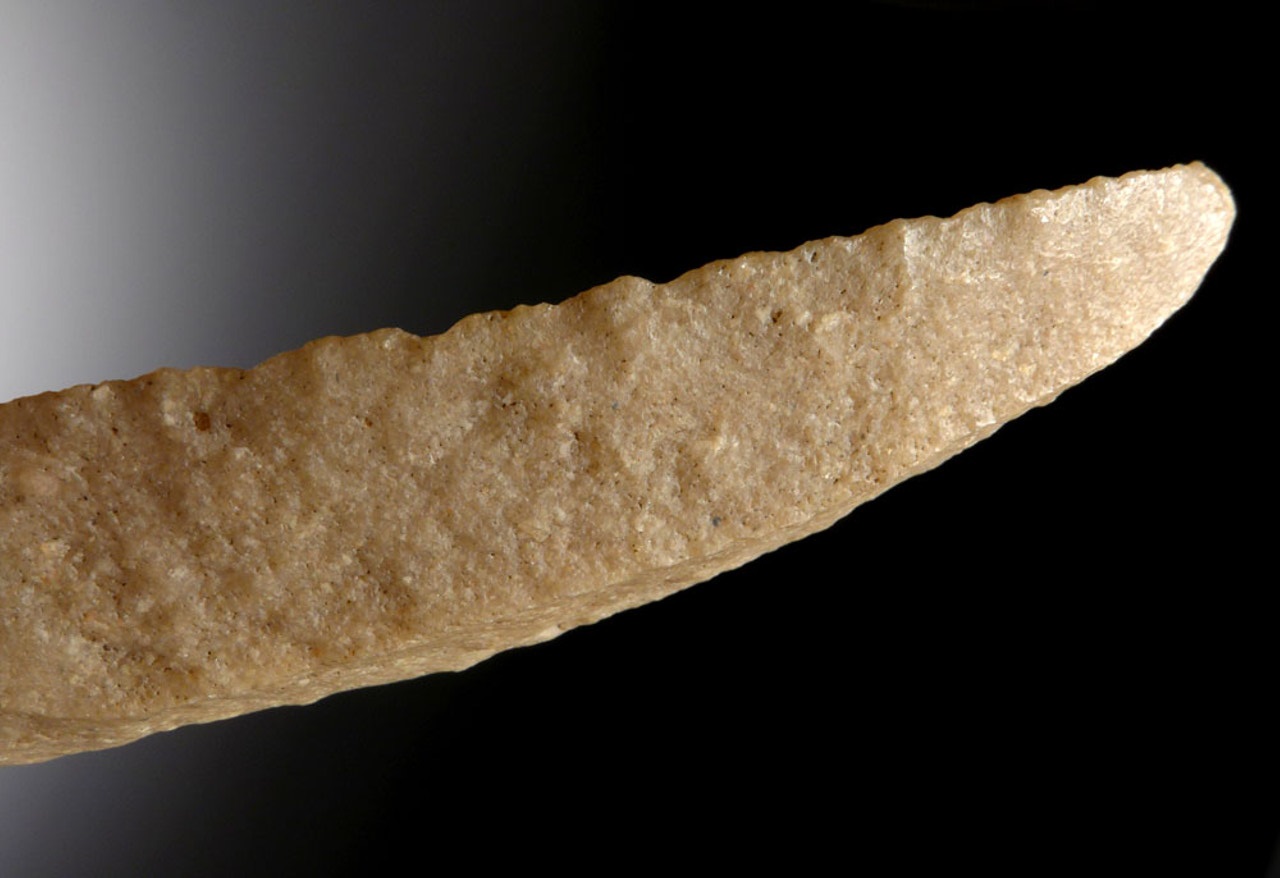
However, the development of iron smelting in Africa around 1500 BCE revolutionized sword-making.
The iron swords that emerged were more durable, sharper, and effective in battle. African blades quickly became synonymous with power and prestige, reflecting their owners’ social and economic status.
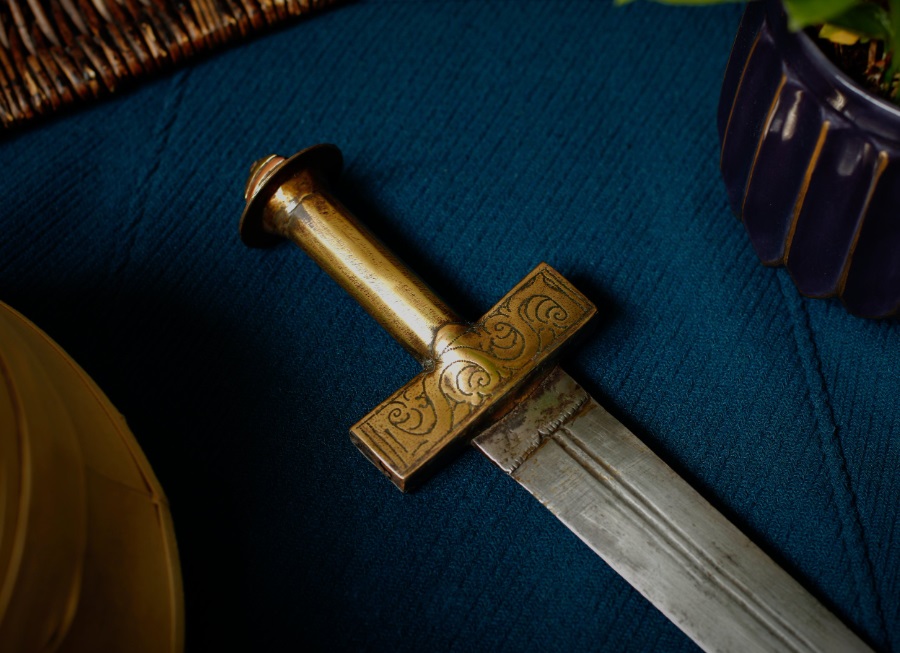
The diversity of blade types can be explained from the point of view of all sorts of influences affecting different regions.
Like for example, swords of the Middle East and Africa share some similarities due to the influence of Islam, which spread throughout both regions.
The Shotel and the Kilij, share similarities with Middle Eastern knives.
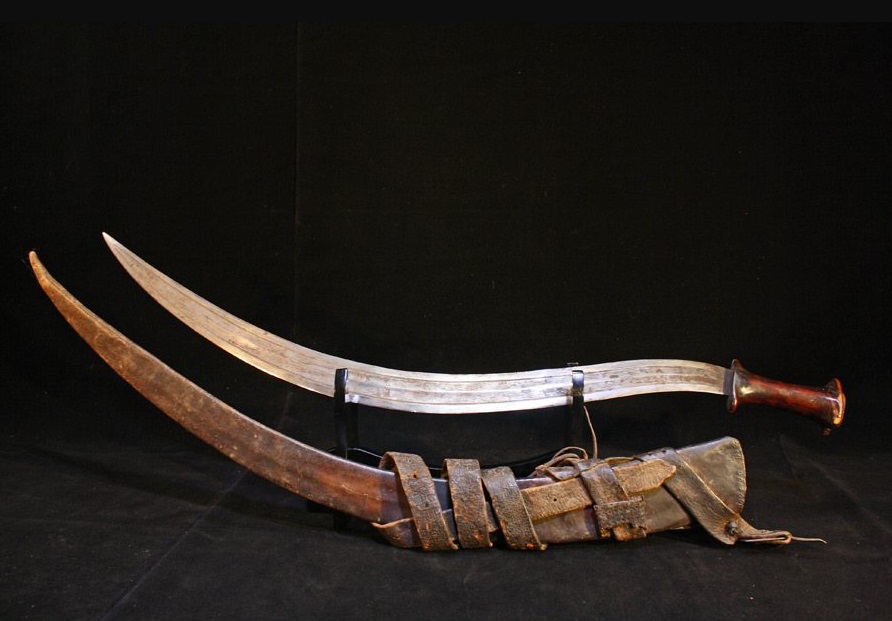
The Ottoman Empire had a significant influence on the development of African blades, particularly in the North. The Ottoman Empire was known for its military conquests and expansion into different territories, and as its influence spread into North Africa, it brought its own sword-making techniques and designs.
One of the most notable examples of Ottoman influence on African ancient swords is the Kilij sword, which originated in the North of Africa and was commonly used by Ottoman soldiers during the 16th and 17th centuries.
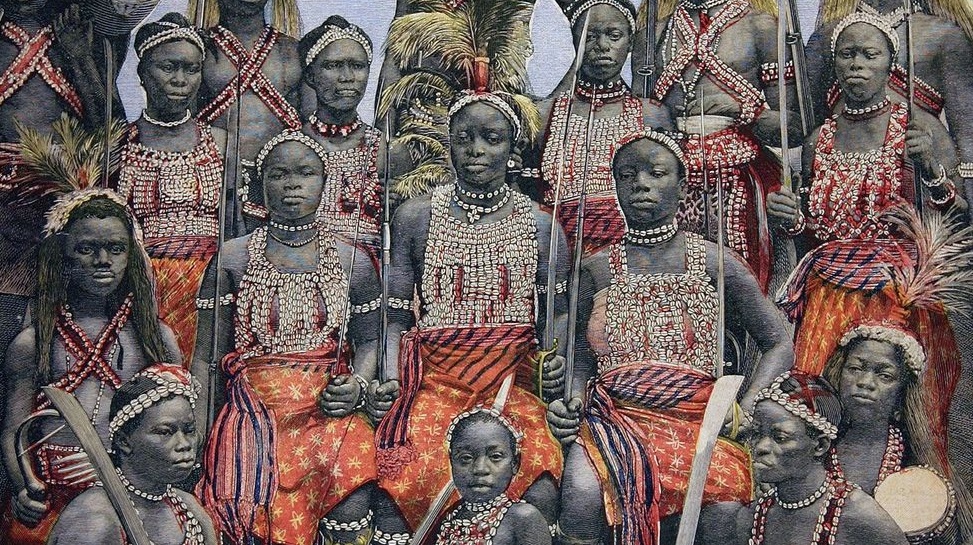
The Kilij sword is characterized by its curved blade and long hilt, which are design elements that are also present in many Ottoman swords.
Differences and similarities of African and European swords
African and European blades have some similarities in terms of design and functionality, but they also have many differences due to the cultural, technological, and historical contexts in which they were developed.
One of the main similarities between African and European swords is the use of different types of metals for the blade, such as iron and steel.
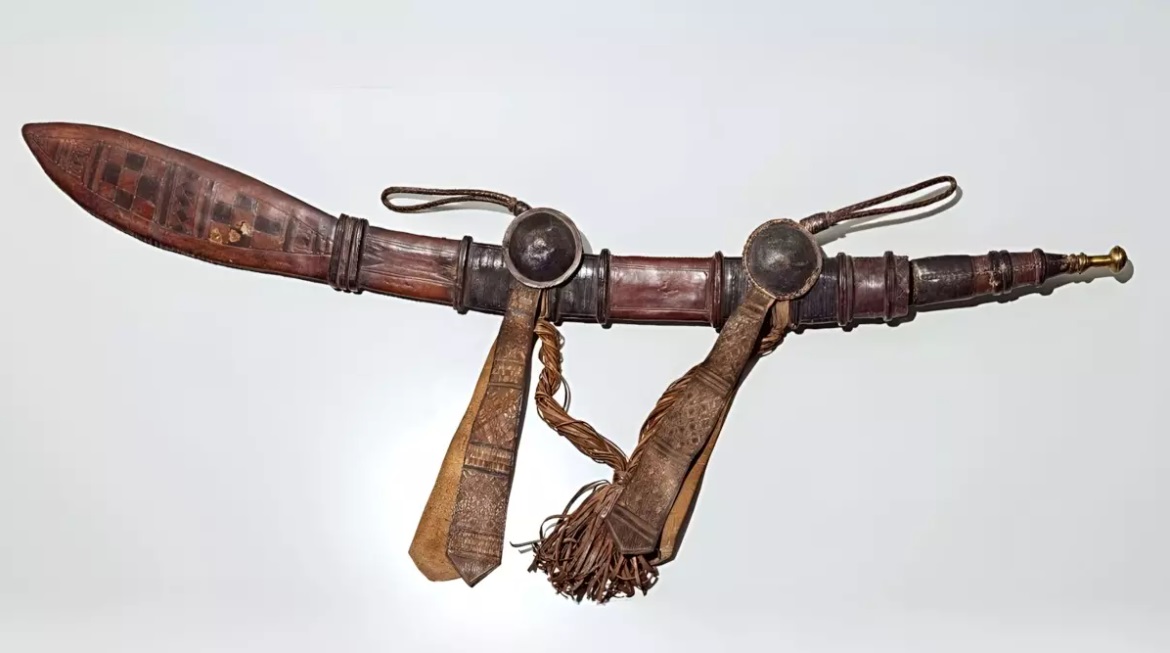
Both cultures also utilized similar techniques for forging and tempering the blades to make them strong and durable.
Additionally, swords from both regions were often decorated with ornate designs and engravings that reflected the cultural values and beliefs of the people who used them.
However, there are also significant differences between African and European-edged weapons.
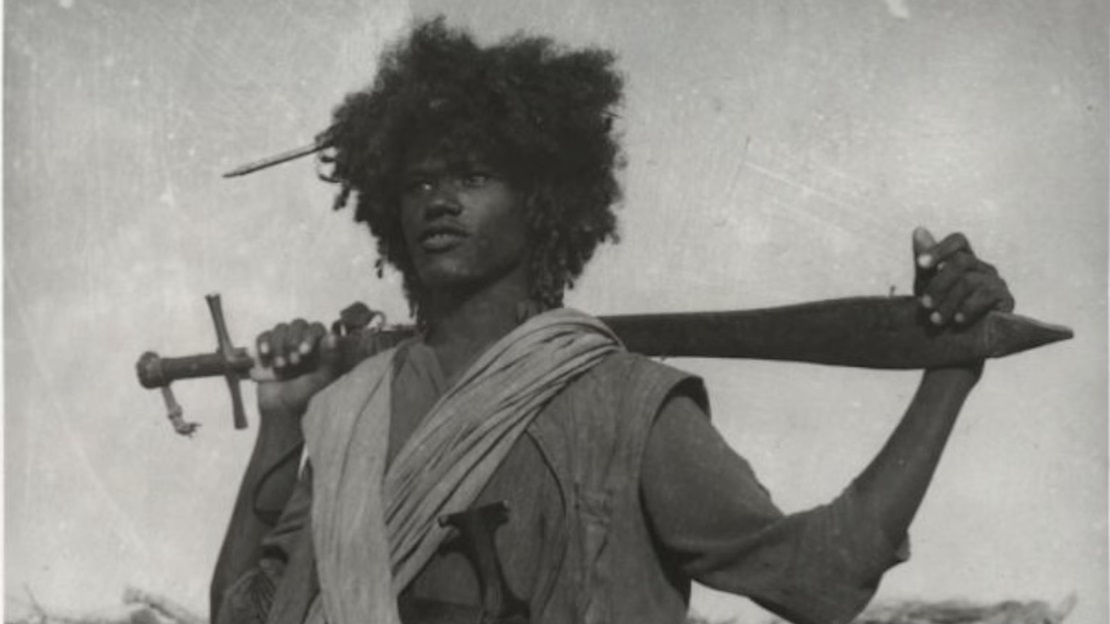
European blades were generally longer and heavier than their African counterparts, reflecting the more centralized and hierarchical nature of European warfare.
African blades, on the other hand, tended to be more lightweight and agile, reflecting the decentralized and often guerrilla-style tactics employed by African warriors.
Another key difference is in the design of the hilt or handle. European blades often featured a crossguard, which protected the user’s hand from an opponent’s blade, while African swords typically had a more simplistic handle design without a crossguard.
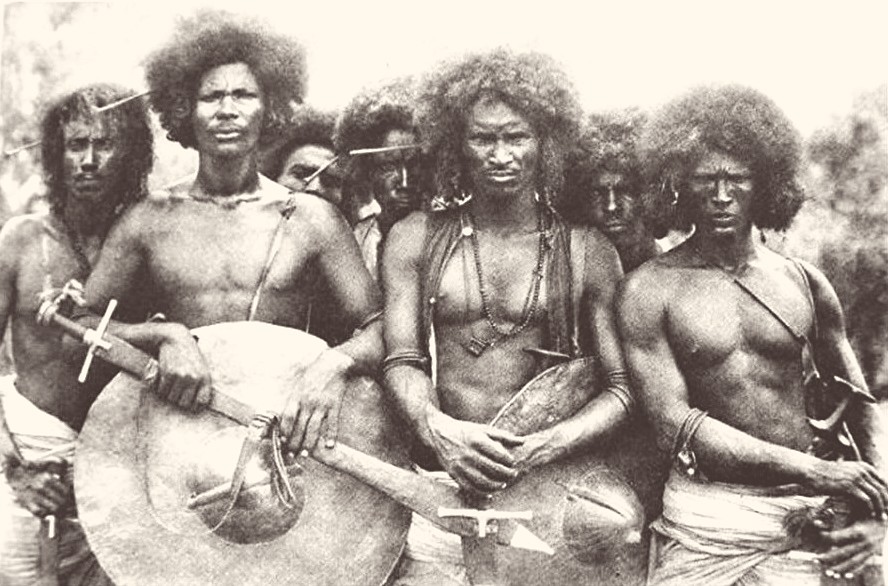
African blades also often feature a curve, which was better suited for slashing and chopping movements, whereas European weapons typically had a straighter cutting edge, which was better suited for thrusting and stabbing.
Overall, while weapons share some similarities in terms of materials and decoration, they also have distinct differences in terms of design and use, reflecting the unique cultural and historical contexts in which they were developed.
If you’re interested not only in African sword types, but also want to learn about the history and evolution of Korean swords, just click on the link.
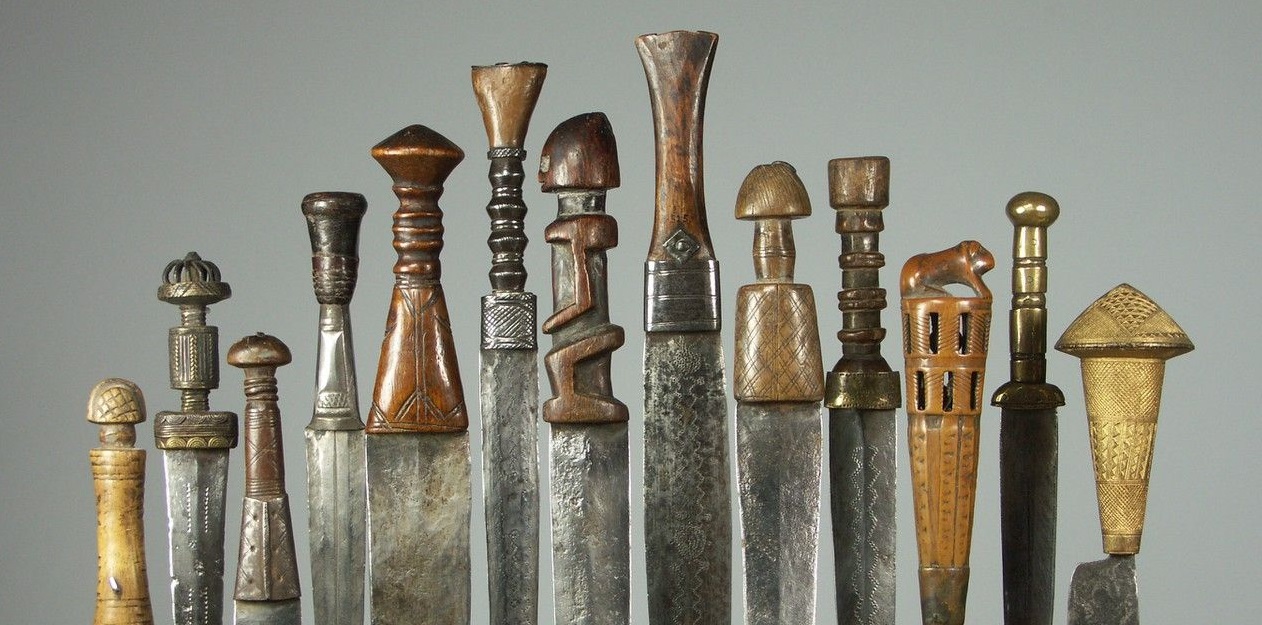
Types of African swords
African swords come in various shapes and sizes, reflecting the cultural and historical diversity of the continent. Some of the most prominent swords include:
- Kilij. This single-edged curved sword is characterized by its distinctive long hilt. It was commonly used by Ottoman soldiers during the 16th and 17th centuries.The blade is typically around 31-35 inches in length and has a single sharp edge. The hilt is made of wood, bone, or horn and is often intricately decorated.The Kilij sword, while not originally from Africa, had a significant influence on the development of some African weapons.The Kilij was introduced to Africa by Arab traders and warriors, and it influenced the design of many swords of Africa, such as the Takouba sword of the Tuareg people.In some African societies, the Kilij was even modified to better suit the needs of African warriors. For example, the hilt was often extended to provide a longer grip, allowing the wielder to use the sword with one or two hands.Additionally, some African weapons were given a slight curve, similar to the Kilij, to improve their cutting and slashing abilities.
- Ethiopian Shotel. These double-edged weapons have a unique blade that resembles a crescent moon. It is native to Ethiopia and has been in use since the 6th century. The blade is typically around 23-31 inches in length and has a sharp edge on the inside curve.The hilt is usually made of wood, bone, or horn and may be decorated with brass or copper.People of Ethiopia believed it to have magical powers, and that it is capable of cutting through armor and even stone. Dagger-like, it is considered to be a national symbol in Ethiopia.
- Zulu Iklwa. These short swords have a wide, flat blades with sharp points. It was used by the Zulu people of South Africa and was instrumental in the rise of the Zulu empire in the early 19th century.The dagger-like weapon is typically around 19-23 inches in length and has a single sharp edge. The hilt is made of wood and may be decorated with brass or copper.
- Kaskara. This sword is from Sudan and has a curved, long blade with a distinctive hilt. It was used by the Mahdist forces during the late 19th century.The blade is typically around 35-39 inches in length and has a single sharp edge. The hilt is made of wood and may be decorated with brass or copper.
- Makhanda. These double-edged swords are from Angola and were used by the Makhanda, a warrior class. They have a curved, broad blade and a wooden handle wrapped in leather or animal hide.The double-edged blade is typically around 27-31 inches long and has a single sharp edge. The Makhanda blade is also known as the Ngombe sword and is considered one of the most iconic African double-edged swords.The blade of the Makhanda is decorated with intricate engravings and patterns, and the handle is often adorned with brass or copper studs.
- Konda. This double-edged blade is from Cameroon and was used by the Konda people.They have a long, double-edged, straight blade with a rounded tip and a wooden handle wrapped in leather or animal hide. The blade is typically around 27-31 inches long and has a single sharp edge.The blades were often decorated with intricate designs, such as geometric patterns or symbolic motifs that were specific to the Konda culture.The Konda sword was also used in battle, particularly during intertribal conflicts. It was a versatile weapon that could be used for both thrusting and slashing.In addition to being used as a weapon, the Konda blade was also used for hunting and was a prized possession among the Konda people.
- Nimcha. This African sword is from Morocco and has a slightly curved blade with a sharp point. It was used by the Berber tribes of the Northern region and was also popular among European officers in the 19th century.The cutting edge is typically around 31-35 inches in length and has a single sharp edge.
- Ngulu. This blade is from Angola and has a long, straight cutting edge with a rounded tip. It was used by the Ovimbundu people and is often decorated with geometric patterns. The sword was used in battle and also as a symbol of status and wealth.
- Ida. This dagger is a ceremonial African sword from the Yoruba people of Nigeria. It is named after the city of Ida, where it was produced. The weapon has a long, straight blade with a pointed tip and is typically made from iron or brass.It is decorated with intricate patterns and designs, often featuring depictions of animals and mythical creatures. The hilt is also ornately decorated and may be made from ivory or wood.The Ida sword is not a weapon of war but rather a symbol of power and authority. It is used during important ceremonies and rituals, such as the installation of a new king or the initiation of a new member into a secret society.The Ida sword is considered to have spiritual significance and is believed to possess supernatural powers. The Ida sword has a long history and continues to play an important role in the culture and traditions of the Yoruba people.
- The Seme or Simi. This is a double-edged blade from the Yoruba people of Nigeria. It has a short, broad cutting edge and a wooden hilt. The blade is typically made of iron, and the hilt is made of wood, with a large pommel often adorned with brass or copper decorations.The sword is mainly used as a status symbol, as it is not designed for combat. It is often worn by chiefs and other members of the Yoruba aristocracy during ceremonies and special occasions, symbolizing their power and status within the community.
- The Shoka or Choka. This is a double-edged sword used by the Swahili people of East Africa. The sword has a blade that is typically between 24-36 inches long and made of high-quality steel. The hilt of the sword is made of wood and often intricately decorated with brass or copper fittings.The double-edged Shoka sword is known for its balance and lightweight, which allows for quick and efficient strikes in battle.It was often used in combination with a shield and was wielded with one or both hands. The design of the cutting edge allowed for both thrusting and cutting maneuvers.
- The Egyptian khopesh. It is a sickle-shaped sword with a curved and single edge that originated in ancient Egypt. While the khopesh was developed in Egypt, it is often associated with African weapon traditions due to its location and cultural connections.The khopesh had both practical and symbolic uses. It was primarily a weapon of close combat, used for slashing and thrusting, but it also had a ceremonial role and was often used in religious ceremonies and rituals.The khopesh was considered a symbol of power and authority and was often depicted in the hands of gods and pharaohs.
- The Akofena. The Akan ethnic group of Ghana and Ivory Coast have a long history of blacksmithing and sword-making. One of their traditional swords is called the “Akofena,” which means “sword of war” or “sword of courage” in the Akan language.It has a long, straight blade with a pointed tip and a curved edge. The hilt is made of wood and wrapped in leather or animal hide, and the pommel is often decorated with brass or copper. The sword was used in battle and during ceremonies and rituals.
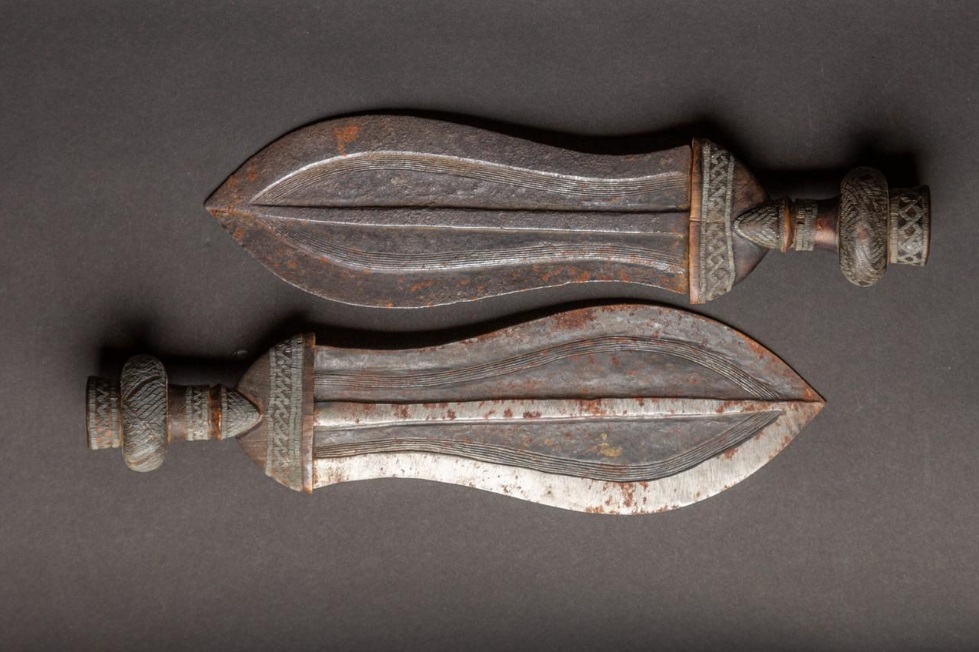
African sword has significant cultural, religious, and historical symbolism. It is often seen as a representation of power and authority and is used in traditional ceremonies and rituals.
Like for example, the Ikula knife of the Kuba people, which can be translated as a “peace knife” is not a weapon but a symbol of social status.
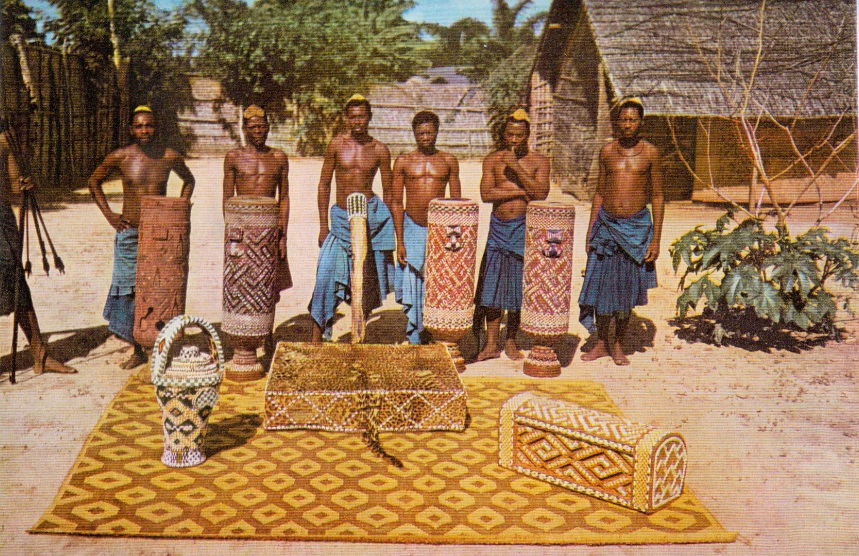
In some African cultures, swords are believed to possess spiritual and magical powers and are imbued with magical qualities. They are also used as a symbol of a warrior’s bravery and valor.
Although African blades are no longer used in battles, they remain an integral part of African culture and heritage.
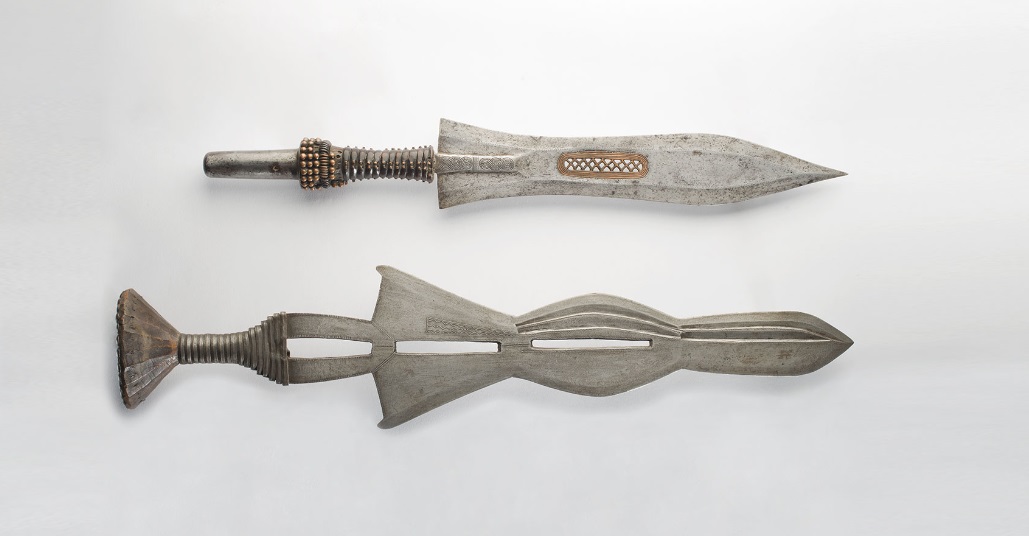
They are still used in traditional ceremonies and rituals, like honoring the birth of a first child, and some African artisans continue to craft ceremonial swords using traditional methods.
Additionally, African swords have made their way into popular culture and modern fashion, with many designers using them as a source of inspiration.
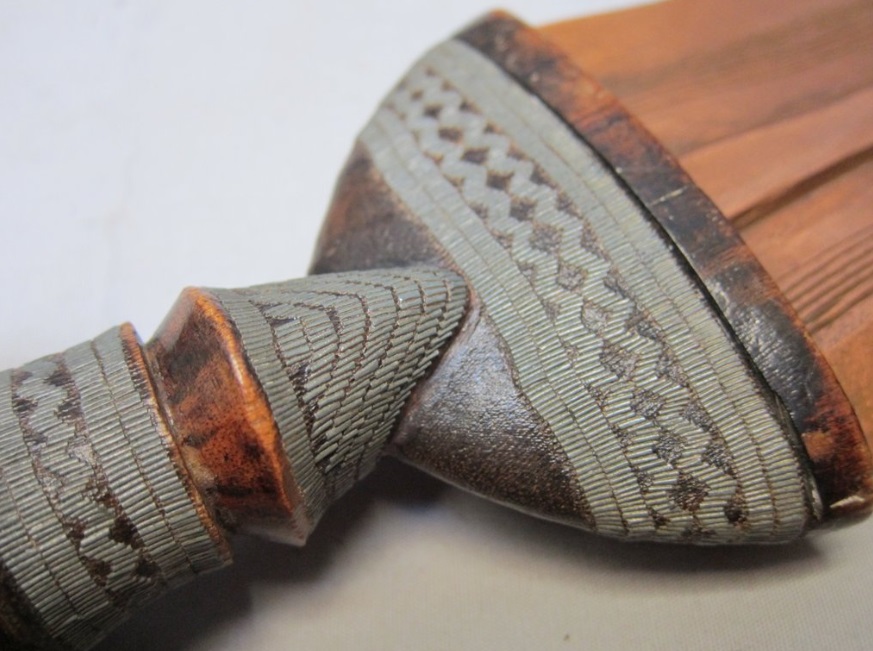
If you’re interested in learning more about African sword types, please, follow the link.
FAQ
What type of swords were used in Africa?
There were various types of swords used in Africa, each with its unique design, materials, and uses.
Some prominent examples include the Kilij sword from the North of Africa, the Ethiopian Shotel, the Zulu Iklwa, the Dahomey sword from West Africa, the Kaskara sword from Sudan, and the Takoba sword used by the Tuareg people of the Sahara.
Other African swords include the Asafo swords of Ghana, the Makhanda swords of Angola, and the Konda swords of Cameroon.
What is the name of an African sword?
The name of an African sword depends on its type. Some examples include the Kilij sword, Ethiopian Shotel, Zulu Iklwa, Dahomey sword, Kaskara sword, and Takoba sword.
Did Africa have swords?
Yes, Africa had swords. Swords have been used in Africa for centuries, and there were various types of swords used by different African cultures and kingdoms throughout history.
African swords varied in design, materials, and uses, reflecting the diverse cultural and historical backgrounds of the continent.
Some of the most well-known African swords include the Kilij sword, Ethiopian Shotel, Zulu Iklwa, and the Dahomey sword.
What is an African dagger called?
African daggers come in different forms and are known by different names depending on the region and culture.
Some examples of African daggers include the Poniard used by the Tuareg people, the Zulu Iklwa Y-shaped stabbing spear that can also function as a dagger, and the Mangbetu which is a ceremonial dagger of the Mangbetu people in the Congo region.
The Kaskara sword, which is from Sudan, is also sometimes referred to as a “dagger-sword” due to its shorter length.
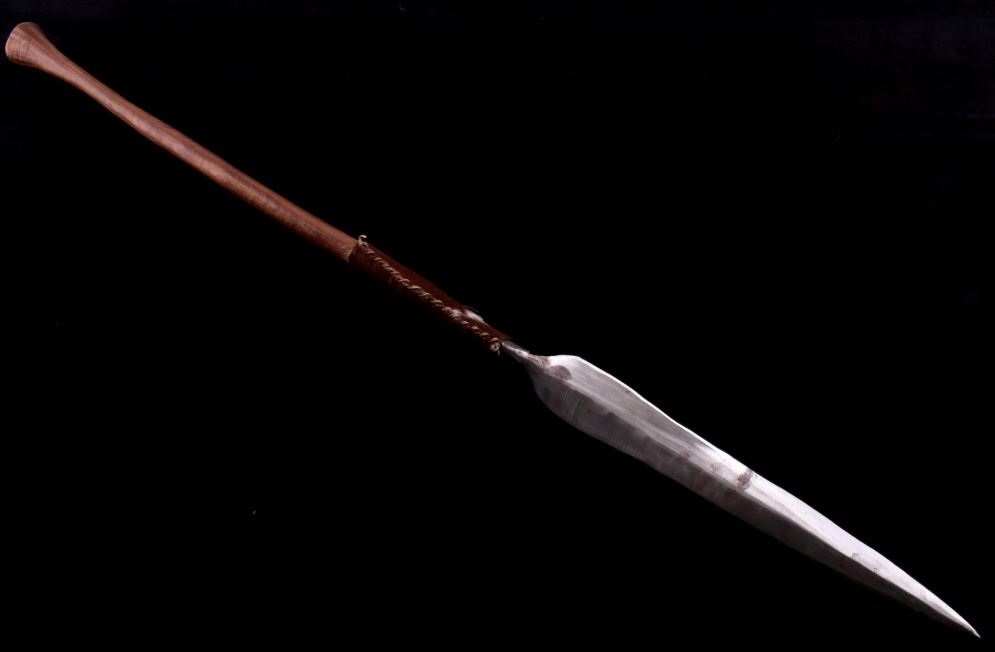
Conclusion
African swords are a testament to the rich cultural and historical diversity of the African continent.
They are not just weapons but are also symbols of power, courage, and identity. The different types of African blades reflect the unique cultural and historical heritage of their respective regions.
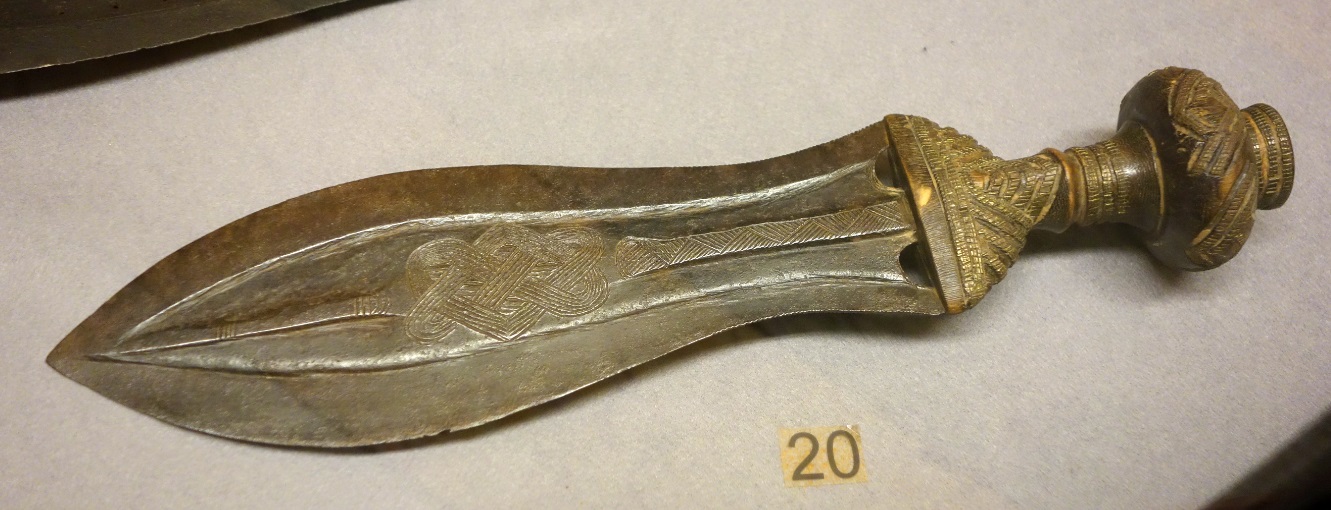
African blades continue to inspire and fascinate people worldwide, reminding us of the rich history and cultural legacy of the African continent.
